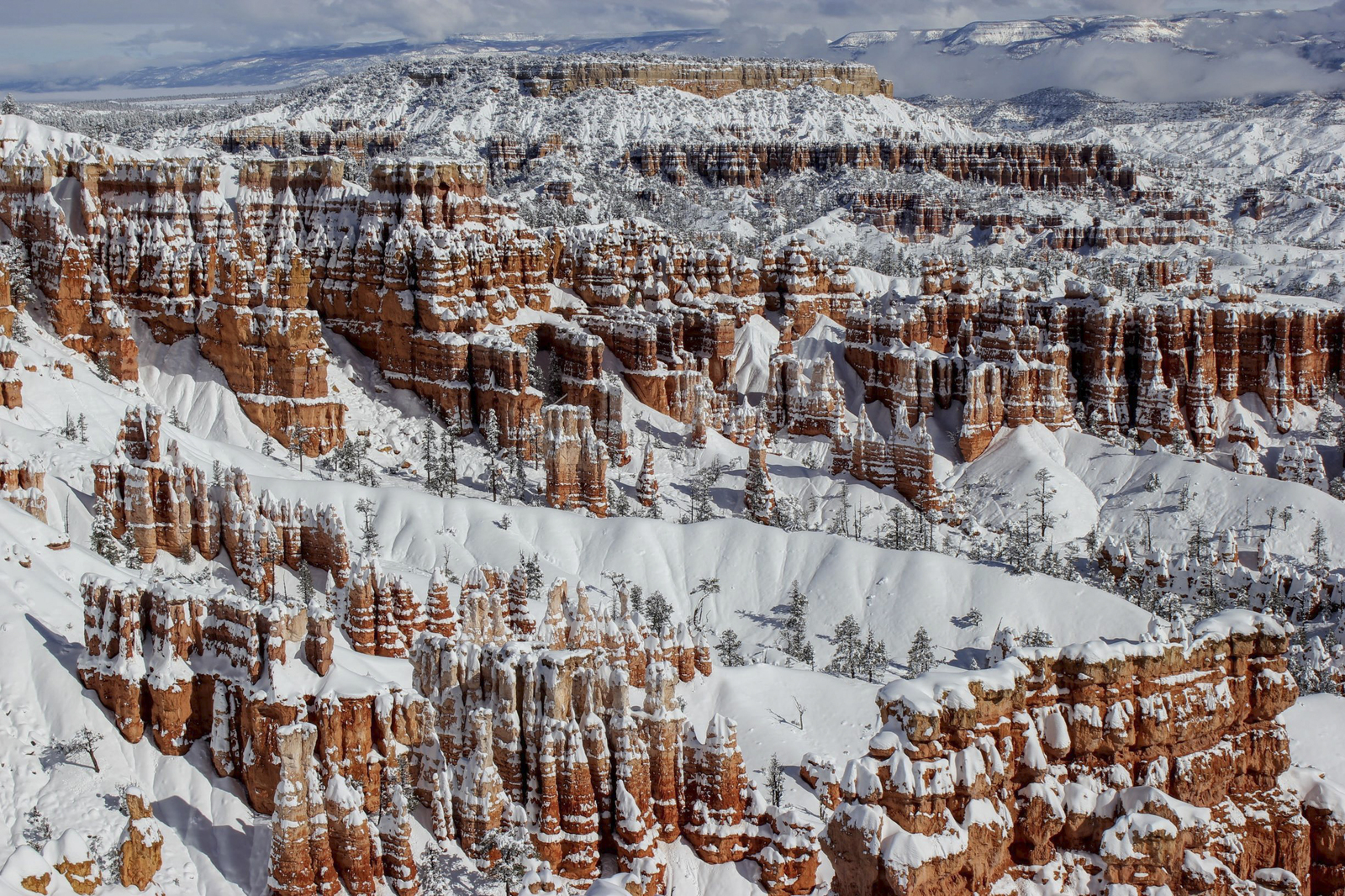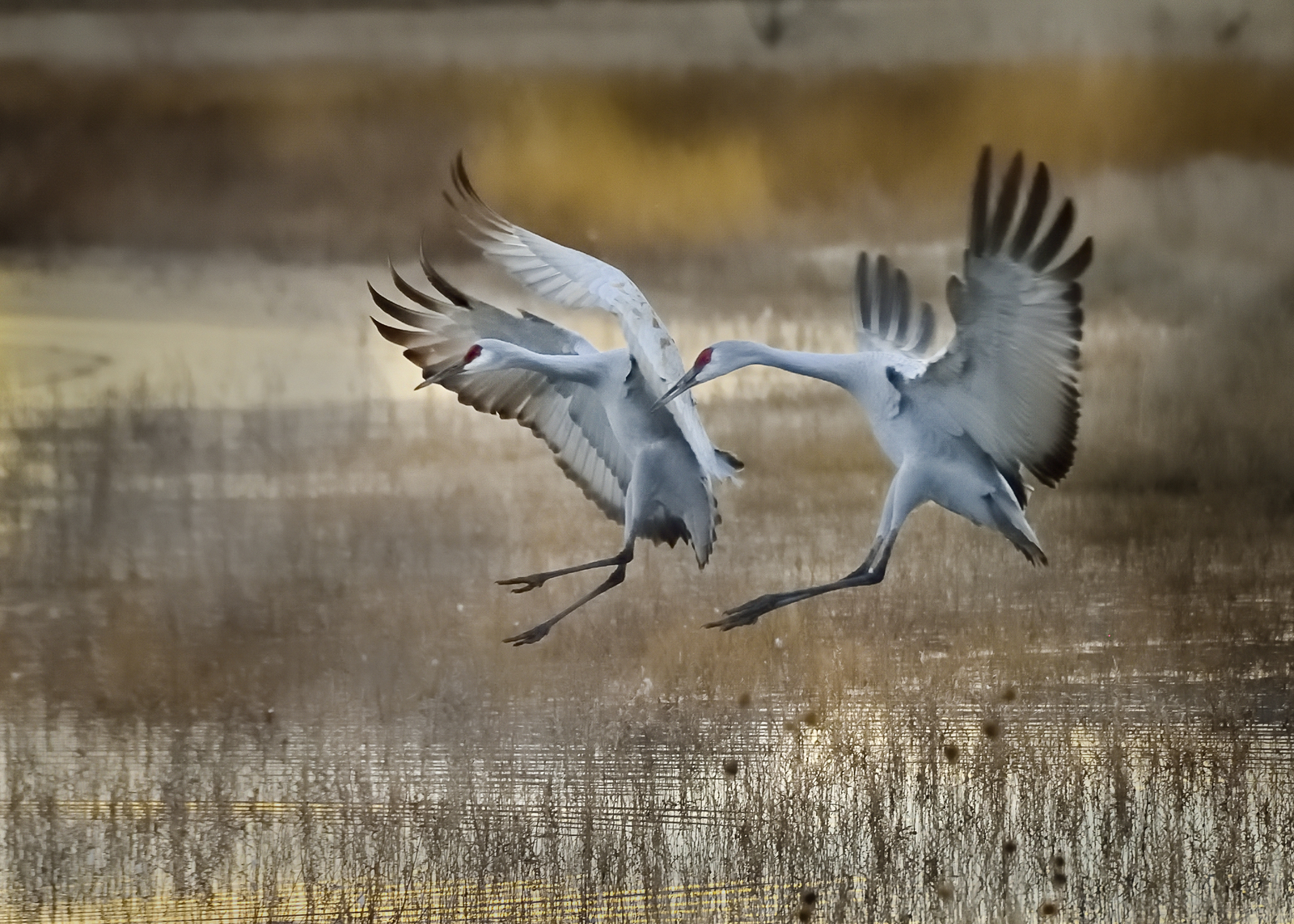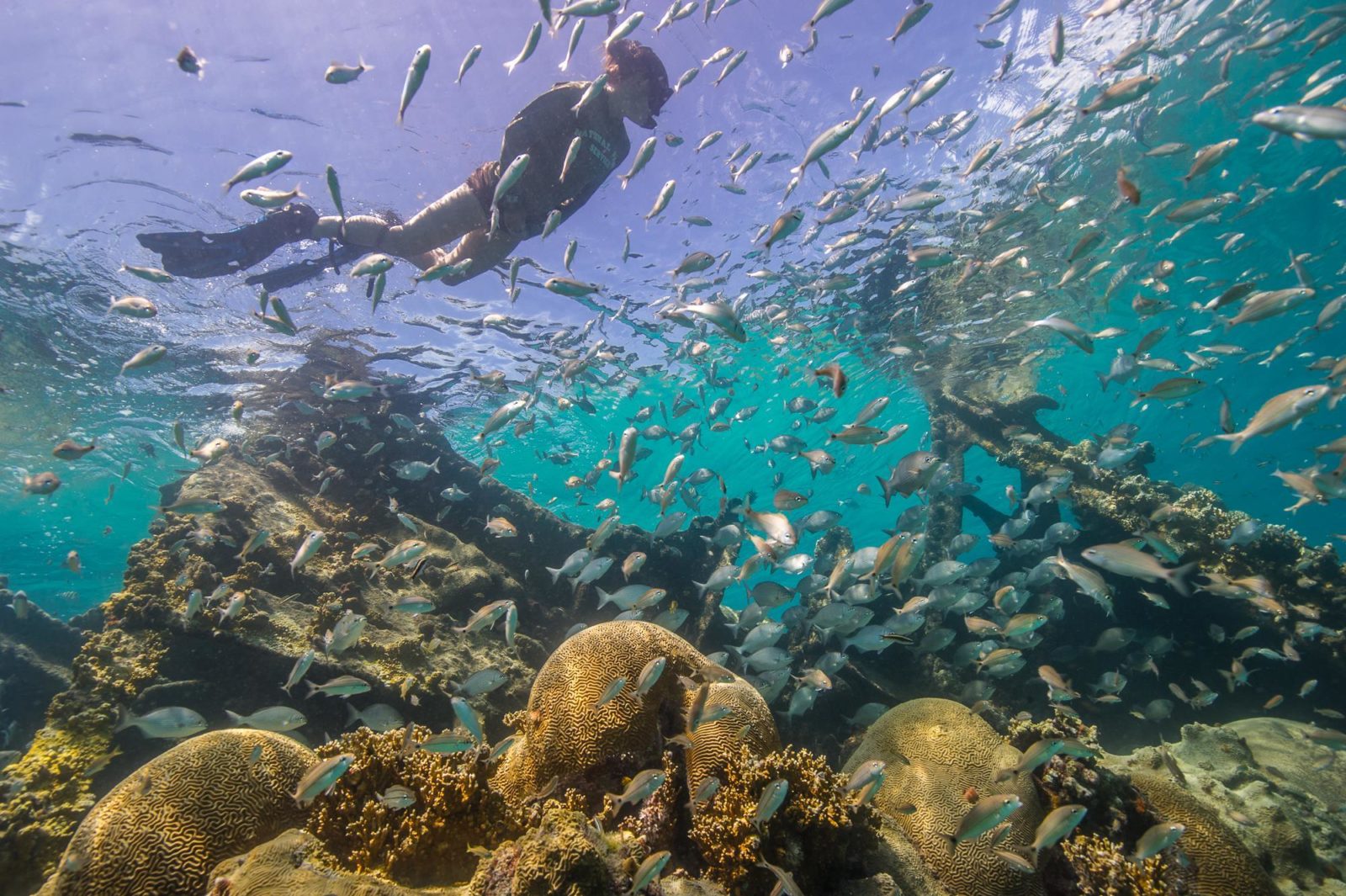My dad has always loved America’s national parks and to this day, if there is a park within 100 miles of whatever route we’re traveling, we’ll make a detour. Some detours occasionally turn out to be more memorable than others. For years, my mother lamented the “short cut” Dad found near Zion National Park in Utah when we were on an epic road trip from California to Virginia.
It turned out to be a seasonal, unpaved forest service road that I’m certain was not meant for the likes of a 1977 red Volkswagen bus. A couple of hills were so steep, we went up them backwards because the bus had rear-wheel drive.
I’ve been thinking about road trips and national parks lately, especially with all the stories of crowding. Obviously, virtual visits are no substitute for the real experience, but virtual is better than nothing, and the National Park Service web site is a treasure trove of virtual nature experiences—from sound libraries, to web cams, to virtual events you can watch or participate in.
Below is a list of links and pages that I’ve been visiting as I get my nature fix and spend time planning for our next family road trip. We’re thinking we’ll take Dad to Alaska.
-
Find Your “Virtual” Park

Bryce Amphitheater on the late fall morning, just after the snowfall. Bryce Canyon National Park © Anetta De Lorenzo This page is a good place to start and help orient yourself to the different virtual nature opportunities available, as well as ways to connect to the Park Service through different hashtags and social media channels (Instagram, Facebook, X (formerly twitter), Flickr, YouTube).
This page also includes a calendar where you can see different interactive offerings, I’ve been spending my mornings watching the sunrise over Bryce Canyon as seen through one of the park’s web cams and broadcast on Facebook live. There are also trivia games, Q&As with park rangers, and even an interactive poetry workshop among many different opportunities.
-
NPS Natural Sounds

Sandhill cranes at Bosque Del Apache National Wildlife Refuge in San Antonio, New Mexico © Glenn Seplak This is one of my favorite sections of the site. There are sounds from the national parks and excellent explanatory content of the role sound plays in ensuring America’s parks stay healthy. You can visit the sound library (I’m still homesick for Florida so I love the American green tree frog.) But there are also bats, alligators, coyotes, wolves, lightning, humpback whales, streams, oceans, an avalanche, many birds (sandhill cranes are another favorite), a mama bear with her cubs, and even a snippet of the haunting singing sands at Colorado Sand Dunes National Park.
Many individual park pages also have their own additional recordings, like this page of sounds from Rocky Mountain National Park. It’s definitely worth exploring the individual park pages to see what hidden treasures you can find.
-
Web Cams

Image from a temporary thermal camera located on the north rim of the Mauna Loa summit caldera © National Park Service This is a page with a list of all of the web cams at different parks around the country. A few may be streaming, but the majority are the kind of cameras that refresh an image every 30 – 60 seconds, or so. I lost several hours clicking around in these lists.
There is also a network of cams devoted to monitoring air quality in 20 national parks, including Acadia in Maine, Shenandoah in Virginia, and Denali in Alaska. Air quality might not sound that interesting, but the site does a good job of explaining how and why the monitoring is important to safeguarding the health of the parks. And true confession, I love a good data dashboard and each cam has a nice page devoted to its current and historic data.
-
Night Skies in the National Parks

Arches National Park, near Moab in Grand County, Utah © National Park Service This was fascinating. For so many of us, especially in the United States, light pollution means we don’t get to see the beauty of a night sky. In this section of the site, you can explore how national parks are working to preserve America’s night sky. There are some very nice images, descriptions of the cameras used for night sky photography, and a series of night sky videos and podcasts, including sea turtle hatchlings that can be confused by artificial light, and a discussion of traditional Polynesian wayfinding by crew members of the Polynesian Voyaging Society.
-
The Hidden World of US National Parks

The clear waters around Dry Tortugas National Park in the Florida Keys © National Park Service This is from Google’s Art and Culture project and offers a wide variety of U.S. national parks content for exploration. The Hidden World of National Parks explores guided experiences from America’s parks, including learning how far a glacier has receded and exploring a crevasse in Alaska’s Kenai Fjords National Park and a scuba dive in the waters around Florida’s Dry Tortugas National Park. You can explore historic homes, landmarks, camp with Thomas Edison in nature’s laboratory, and learn about Frederick Douglass’s life at Cedar Hill (in Anacostia, Southeast Washington, D.C.) where he lived from 1878 until his death in 1895.
I spent a long time playing with content all over the Google Arts and Culture section—museums, art projects, satellite photos, places to see in different travel destinations and it is incredibly comprehensive and definitely a potential time sink. I did find myself getting a little overwhelmed with all of the options. Of course, that might just be me. It’s definitely worth a look.




Thank you that was nice